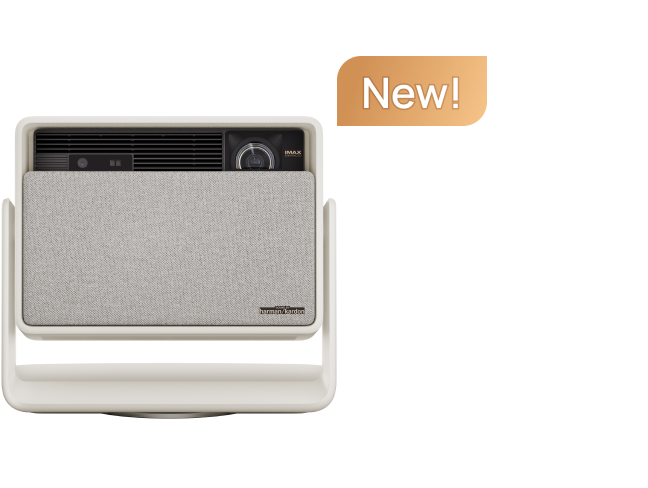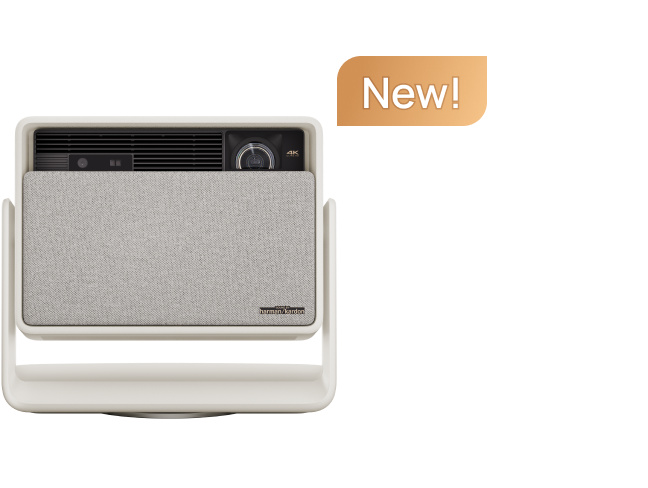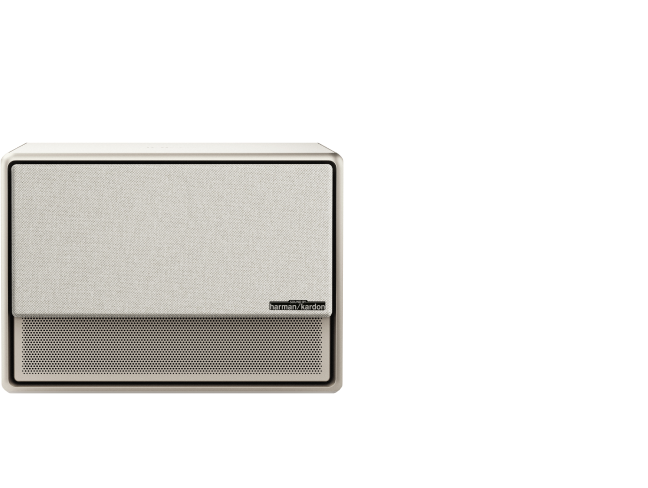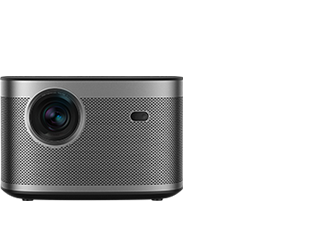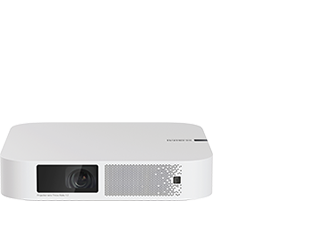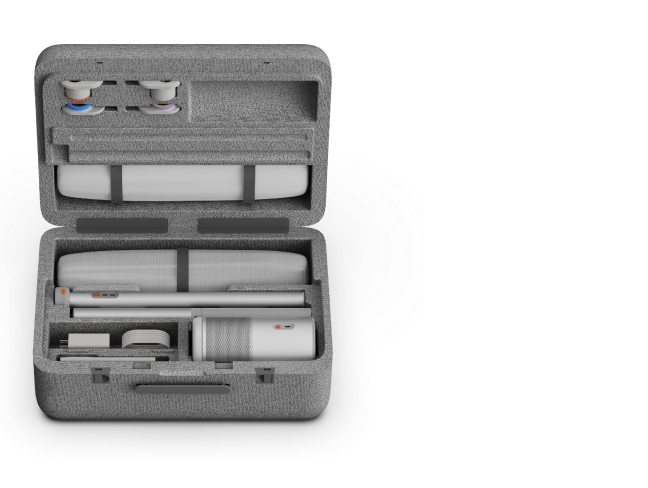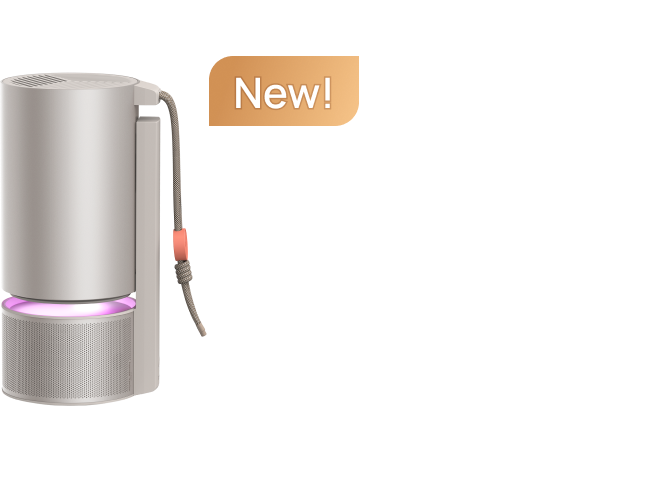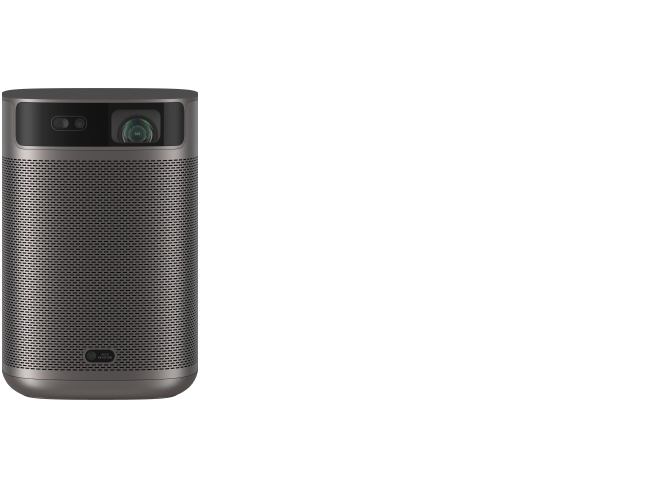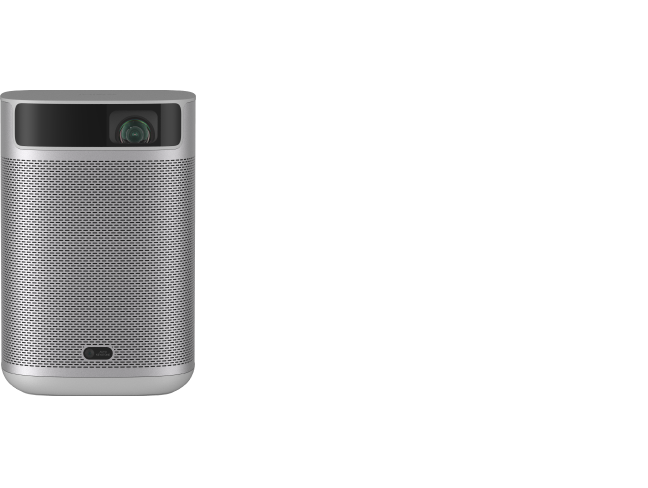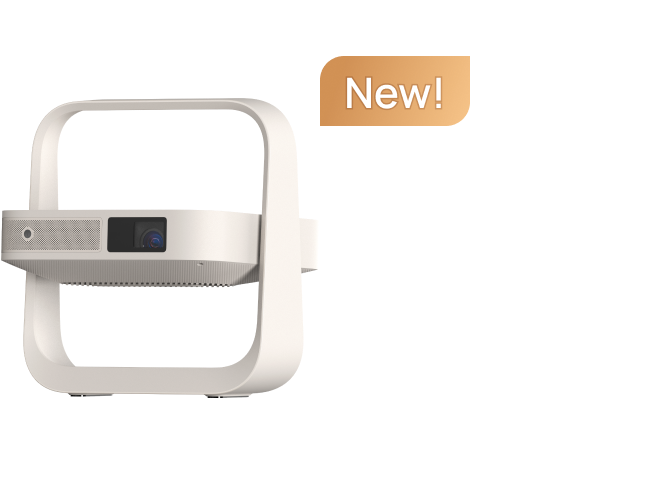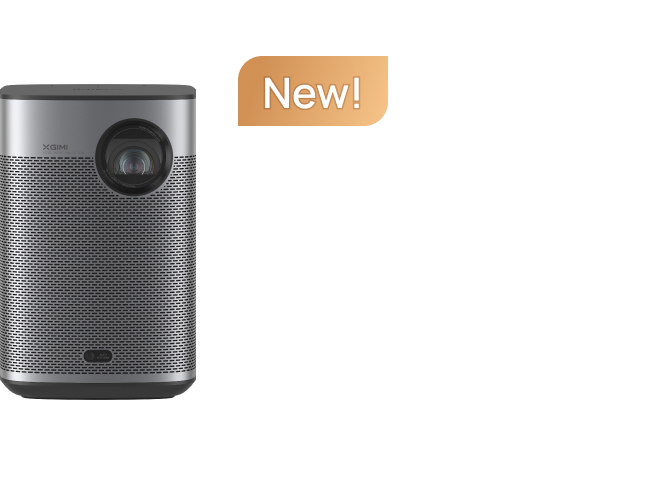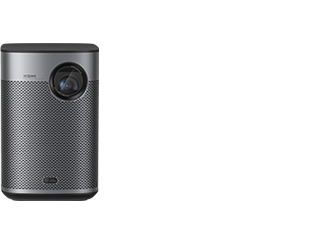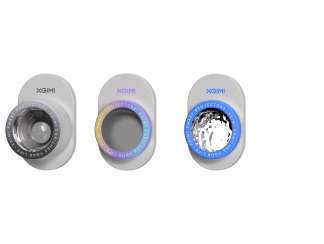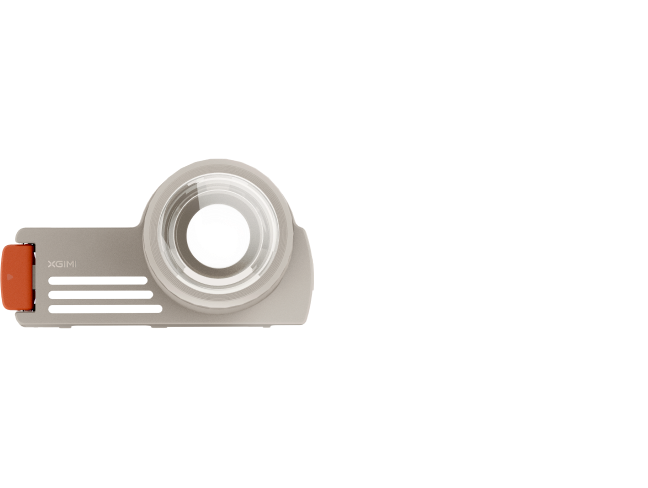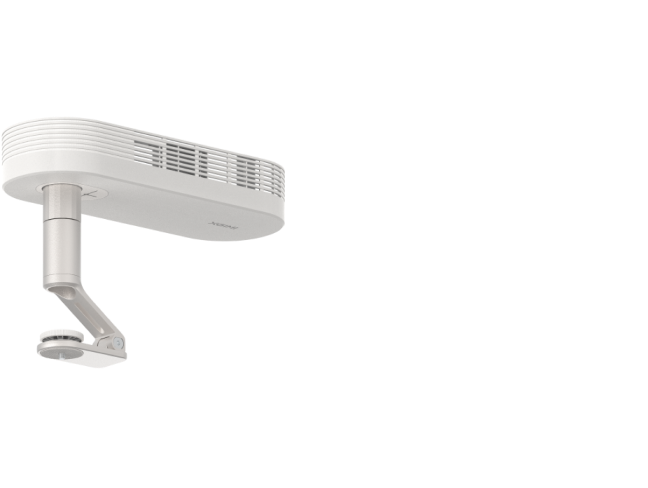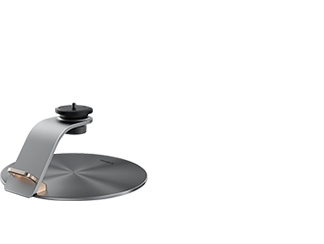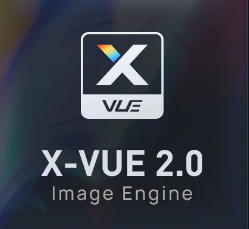Comparison Guide: Dolby Vision VS IMAX Enhanced in Projectors
By Phillip Park - 2024-8
A dedicated moviegoer is constantly searching for a home projector to provide the greatest viewing experience comparable to the cinema. Some projectors are specially designed to be compatible with Dolby Vision or IMAX Enhanced. But choosing these days might be difficult due to the lack of understanding and abundance of alternatives available.
This blog makes a thorough explanation of the differences between Dolby Vision and IMAX Enhanced tech. We go into great detail on their characteristics, pros and cons, and how they are different from each other.

What is Dolby Vision in Projectors?
It is a visual system that promises to deliver previously unheard-of levels of viewing pleasure. It's not just offline Dolby Cinema, more and more electronic devices are now equipped with Dolby Vision System, like movie projectors and TVs. Dolby Vision Home projector transforms how people view visual material at home by enabling visual creatives. It adds unmatched richness and brightness to its work. This tech adjusts image quality depending on the particular service, device, and platform by utilizing High Dynamic Range (HDR) technology.
XGIMI HORIZON Ultra 4K Projector with Dolby Vision
XGIMI HORIZON Ultra Projector 4K with Dolby Vision produces vivid color schemes, striking contrasts, and an almost lifelike visual experience. It features 2300 ISO lumens and dual light technology, being perfect for home theater.
What is IMAX Enhanced in Theaters and Projectors?
The image displayed by IMAX Enhanced is somewhat bigger than that of other standards. The format's expanded 1.90:1 aspect ratio is arguably its most obvious advantage. It supports crisper, brighter images with less noise and grain. Because of the super-sized aspect ratio, there are up to 26% more pixels on your screen, which reduces the top and bottom black bars and packs in more action.
In essence, you're witnessing the scenes as the directors intended for IMAX moviegoers. But this bigger image isn't retouched or upscaled. Rather, it's the original image before post-production cropping it to a larger aspect ratio. This is an ingenious way to balance the 16:9 widescreen aspect ratio of your TV with the typical 1.43:1 ratio of an IMAX theater screen. To fully enjoy the experience, you'll also need a suitable IMAX Enhanced projector or TV, and other hardware.
XGIMI HORIZON S Max Home Projector with IMAX Enhanced
What Are the Similarities of Dolby Vision and IMAX Enhanced?
Because of the superior compatibility with visual storytelling, Dolby Vision and IMAX Enhanced techs are preferred by projectors and TV makers. Here are a few things that they have in common.
1. They Both Create Extraordinary Visual Quality
On one hand, Dolby Vision projectors can show good details and subtleties in bright and dark situations. You can see near-realistic images, rich contrasts, and brilliant colors from the projection displays.
On the other hand, blockbuster films and large-scale productions benefit greatly from IMAX and IMAX Enhanced's use of high-resolution cameras and film formats, which guarantee that films are filmed and presented with remarkable clarity and detail.
2. They are Both Paired with High-clarity Audio Quality
Dolby Vision usually comes with Dolby Atmos Sound System that offers immersive, directed sound. IMAX and IMAX Enhanced create signature sound with DTS audio technology, which preserves the full dynamic range of the original mix. However, note that the final decision is the audio output of the projector or other displaying devices you use for television, films, video, games, and live streaming.
3. They Both Have Material Limits
The availability of movies that are suited for Dolby Vision or Dolby Atmos may be limited because not all movies are masterfully shot in these formats.
What Are the Differences Between Them?
The Dolby Vision and IMAX Enhanced can provide an immersive viewing experience with superior visual and sound quality. But they have differences in details as well:
Dolby Vision Features Dynamic Optimization
Whether it's a film, TV show, or game, Projector with Dolby Vision excels at dynamically improving image quality based on the particular platform, service, and gadget. This guarantees that viewers always get the best version of the media.
IMAX Enhanced Supports Larger Scale of Viewing
With extremely big displays with a tall aspect ratio (about 1.43:1 or 1.90:1), which can be up to 40% larger than regular movie screens, IMAX is meant to provide the greatest cinematic experience.
Which Should You Choose, Projector with Dolby Vision or IMAX Enhanced?
Your choice of streaming providers and home projector will determine whether to use IMAX Enhanced or Dolby Vision. You could be better off using Dolby Vision if your material is distributed across many devices. Although the amount of streaming content available to you with IMAX Enhanced is still restricted, the wider image it provides may be very stunning. Once a standard has been determined, make sure to get the appropriate hardware and play content to fully utilize all of its features.

FAQs
1. Are Dolby Vision and Dolby Atmos the Same?
No. To put it simply, Dolby Vision is for displays while Dolby Atmos is for audio. Due to Dolby's collaboration and consent, no other manufacturer or developer may exploit its exclusive technology without being certificated.
Dolby Vision provides High Dynamic Range (HDR) content to movie theaters, home theaters, and other venues. Dolby Atmos incorporates height channels into the mix, expanding upon the concept of surround sound. This is how it successfully translates surround sound into three dimensions, giving you the impression that you are there.
2. IMAX Enhanced VS 4K, Which is Better?
They are two distinct technologies that improve the movie-watching experience in various ways, thus it's challenging to draw comparisons between them because of their disparate focuses. IMAX DTS Enhanced certification stands for a certain set of standards, such as high dynamic range (HDR) and immersive sound. The term 4K describes an image's resolution, which is four times higher than that of traditional high definition.
3. Dolby Vision VS HDR10 VS HDR10+, What's the Difference?
Further Reading In this Blog:
Dolby Vision, HDR10+, & HDR10: Elevating Your Viewing Experience
Movie Projector Recommendations
Next-level 4K with Dolby Vision
With 2300 ISO lumens, you get the best of both worlds—ultra-high brightness plus realistic color both night and day.

A New Era of Environmental Adaptability

Ultra-high brightness
People Also Read
Enjoy $30 off Your Next Purchase
Be the first to know about any news and sales!
*By subscribing, you agree to receive XGIMI's marketing emails and XGIMI's Privacy Policy.

